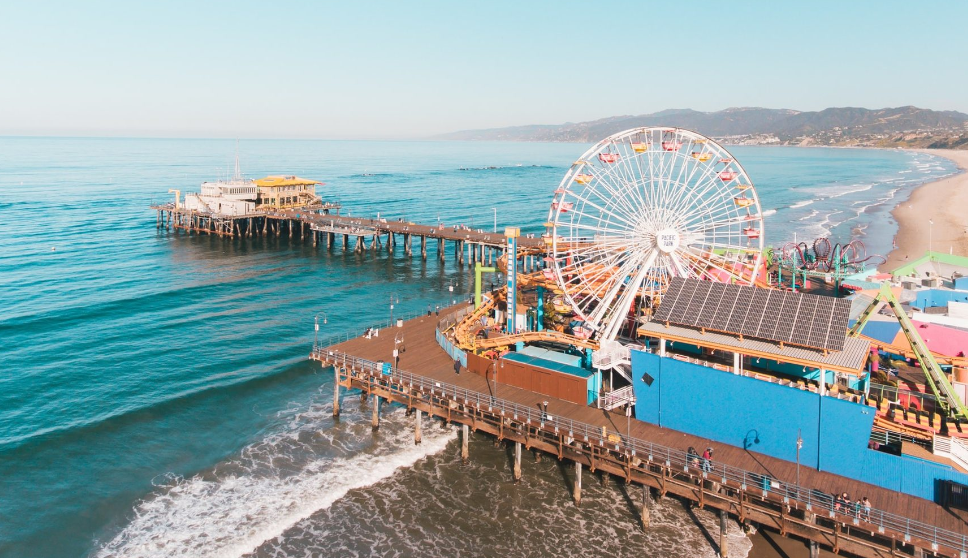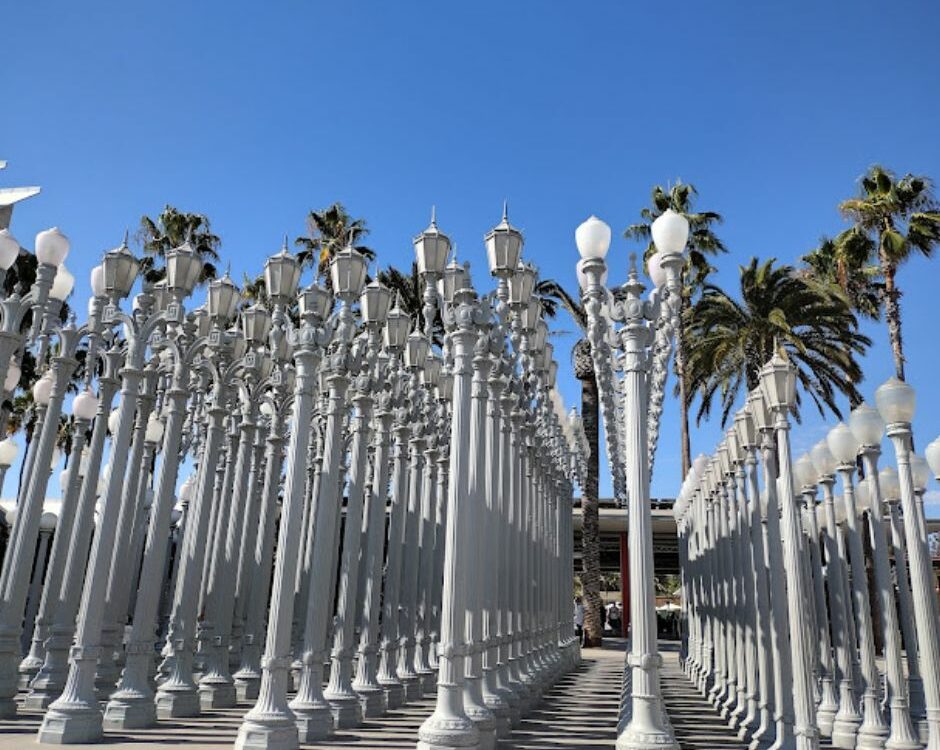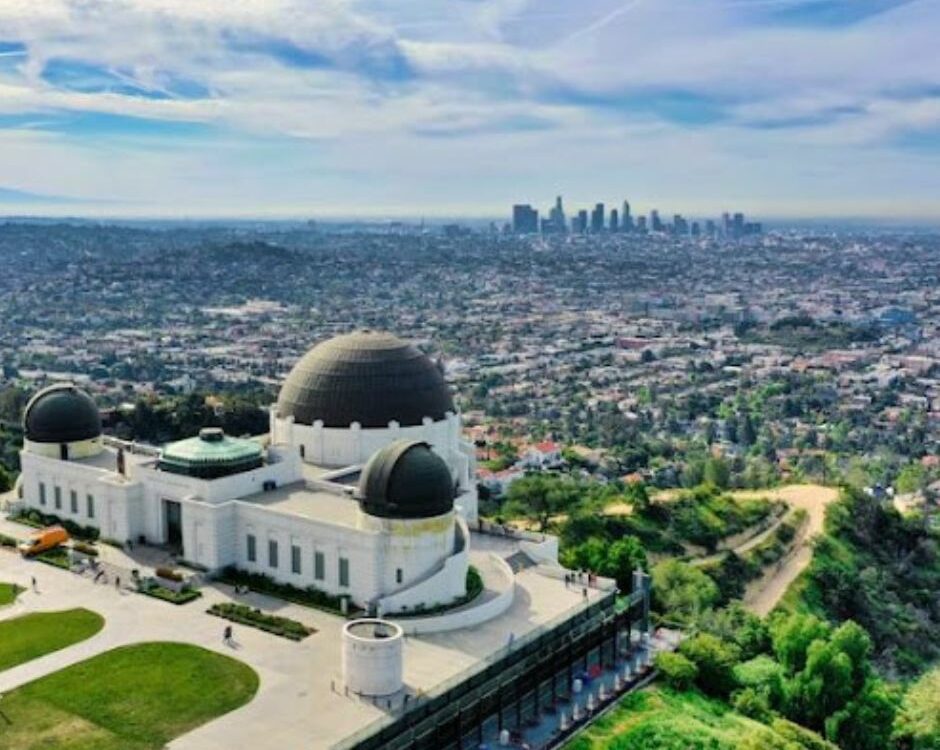
Discover the Enchantment of Santa Monica Pier
October 11, 2023
Unveiling the Santa Monica Farmers’ Market and Its Cultural Significance
October 11, 2023In a world where concrete jungles triumph and green spaces are marginalized, there exists an urban oasis that defies this norm. Nestled in the heart of Santa Mónica, California, Tongva Park is a verdant wonderland that breathes life into its bustling surroundings.
Not just another patch of grass dotted with park benches and playground equipment, it distinguishes itself through its innovative layout and structure. It stands as an epitome of modern landscape architecture, blending elements of aesthetic design with space functionality effectively.
Diving deeper into the intricacies of its design reveals an equally intriguing aspect – the unusual selection of flora and fauna inhabiting the park. Contrary to conventional choices for urban parks, which tend to lean towards hardy yet monotonous species, Tongva Park boasts a diverse pallete of plant species that add not only visual interest but also ecological value to the area.
The park’s conscious decision to include native Californian plants along with those from similar Mediterranean climates adds an intriguing level of complexity in terms of biodiversity within this urban setting. This insightful choice creates an environment where city dwellers can feel connected to nature without leaving their familiar metropolitan habitat behind.
Innovative Layout and Structure
The innovative layout and structure of Tongva Park in Santa Monica distinctly stands out, integrating topography and design elements in a manner that cleverly maximizes both form and function.
The park’s layout, conceived by the renowned landscape architecture firm James Corner Field Operations, incorporates a variety of features such as rolling hills and valleys, winding paths, water fountains, meadows, picnic areas and viewing platforms. This diverse array of features is not merely aesthetic; it offers visitors various vantage points from which to enjoy panoramic views of the cityscape or the Pacific Ocean.
In addition, native plant species have been strategically placed throughout the park to create specific microclimates that support different types of wildlife habitats while also enhancing visual interest.
Tongva Park’s innovative use of space reflects an understanding of how people interact with public spaces. The park’s central location amid Santa Monica’s bustling downtown district makes it an important community hub where individuals can relax or engage in leisure activities amidst verdant surroundings.
Its series of interconnected gardens – each distinguished by unique plantings – encourage exploration and provide intimate spaces for quiet contemplation or social interaction. Furthermore, the introduction of sustainable practices such as stormwater retention basins aligns with modern environmental conservation efforts.
Overall, Tongva Park exemplifies how thoughtful design can foster a sense of community while promoting ecological diversity within urban settings.
Unusual Flora and Fauna
Unusual flora and fauna add an element of surprise to this urban oasis, with species not typically found in an urban park, creating a diverse and vibrant ecosystem.
The designers of Tongva Park made the conscious decision to feature native plants and trees that are adapted to the local climate, which contributes not only to their survival but also reduces water consumption.
Among these indigenous species is the iconic Quercus agrifolia (Coast Live Oak), whose sprawling branches provide ample shade for visitors.
Moreover, California Walnut trees dot the landscape, adding a distinctive visual appeal while providing habitat for squirrels and birds.
The park’s fauna is equally impressive with its multitude of bird species attracted by native vegetation – it serves as a sanctuary for wildlife amidst the bustling cityscape.
Migratory birds such as hummingbirds can be spotted fluttering around flowers in search of nectar during springtime.
Other common sightings include sparrows and finches that nest amongst the dense foliage.
An analysis reveals that the deliberate choice of native flora enhances both aesthetics and functionality – creating a visually pleasing space that simultaneously supports local wildlife populations, conserves water resources, and offers respite from city life.
Such thoughtful design fosters a sense of belonging among visitors who find tranquility in this verdant refuge amid an urban setting.
Unveiling the Santa Monica Farmers’ Market and Its Cultural Significance




